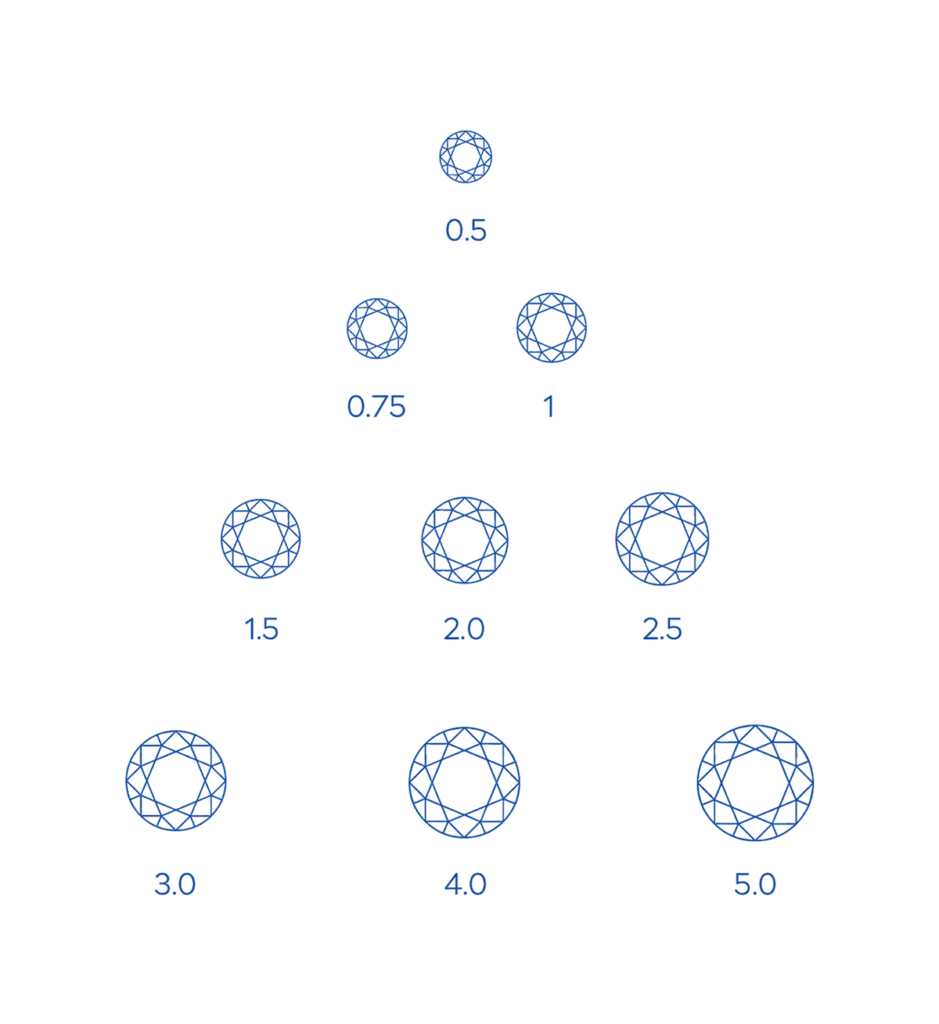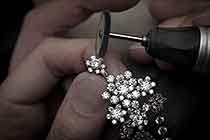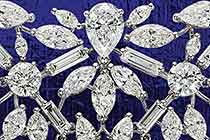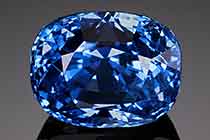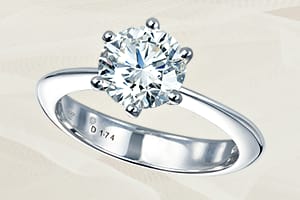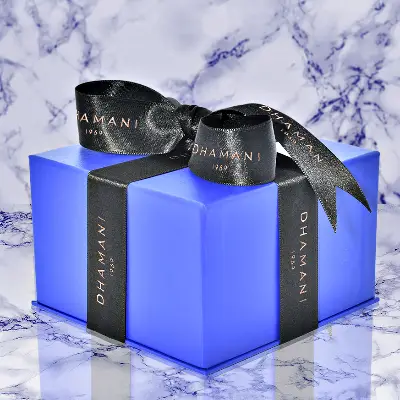OUR DIAMONDS
Our love for beauty and perfection materialises in the adamas – the indestructible, invincible nature of the diamonds. Our gemmologists employ the outmost care to select each and every diamond that composes all the jewels that carry the Dhamani 1969 mark.
The variety of different diamonds cuts and shapes inspire our designers to conceive exotic jewels by combining them in enchanting creations. Oftentimes we develop our own, unique shape, as in the case of the tulip shape diamonds.
THE 4 CS
The international standards that guide our gemmologists and all the experts in the jewellery world were agreed upon only less than 70 years ago. GIA, the Gemological Institute of America, created what today are called the 4 C’s of Diamond Quality that guide the quality assessment of any diamond anywhere in the world.
DIAMOND COLOUR
It is important to recognise the difference between diamond cuts and diamond shapes. While the cut describes a diamond’s light performance, dimensions and finish, the shape refers to its overall outline when viewed from above. Numerous diamond cuts and shapes also have the same name.
Diamonds are found in a range of colours, from faint yellow or brown, to the rarer pinks, blues, greens, and even dark red. These diamonds are known as “Fancies”. A chemically pure and structurally perfect diamond has no colour, like a drop of pure water. This is the most sought after colour and the most expensive white diamond.
The GIA grades diamonds for their colour as follows:
The scale begins with the letter ‘D’, representing colourless diamonds, and continues up to the letter ‘Z’ according to an increasing presence of colour. The label ’Z’ denotes the most intense colour. The colour distinctions are often very subtle and only trained eyes can detect them, yet the distinctions make an important difference in terms of quality and price.
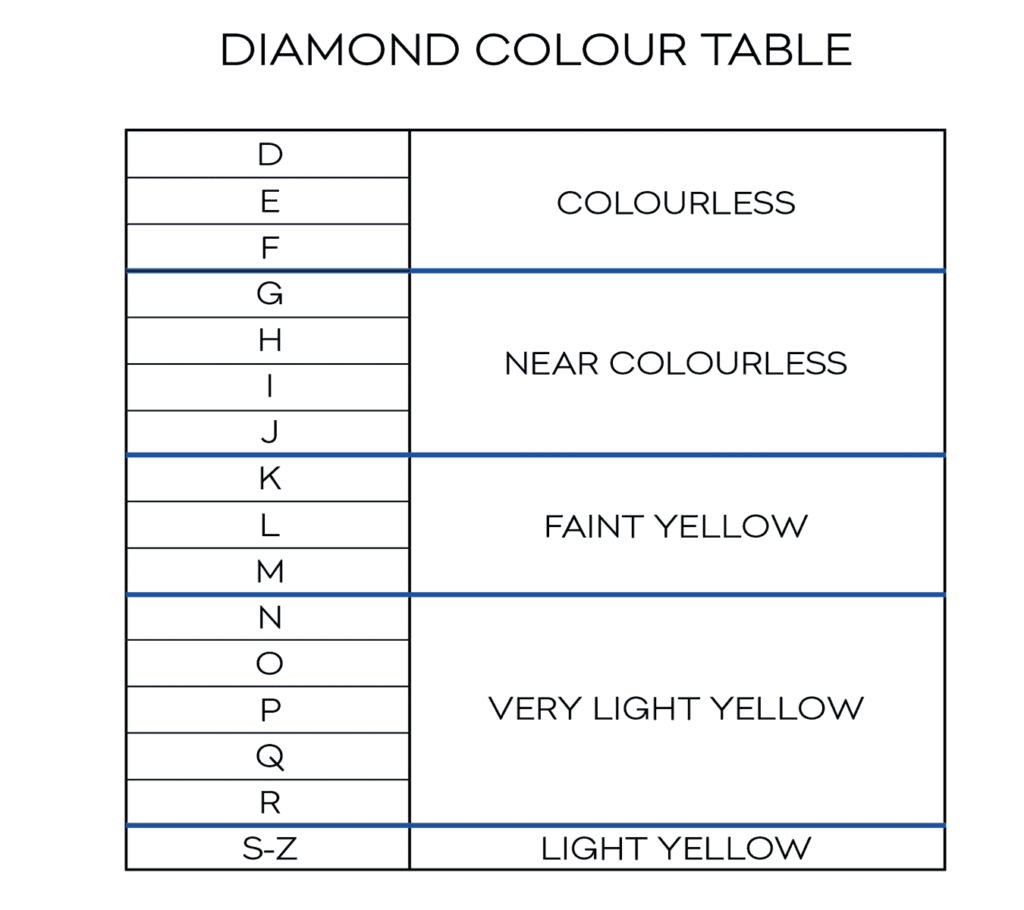
DIAMOND CLARITY
As Natural diamonds are the result of carbon exposed to formidable heat and pressure deep in the earth, their body often displays tiny traces of other minerals trapped during the crystallisation process. These internal characteristics are called ‘inclusions’.
Evaluating a diamond’s clarity involves determining the number, size, relief, nature and position of these characteristics, as well as how these affect the overall appearance of the stone. Diamonds that at 10x magnification show no inclusion are called “Flawless”. At the other end of the scale are diamonds that show impurities that are easily visible to the naked eye.
The Gemological Institute of America uses a scale that classifies inclusions. Diamonds range from the most difficult to see to the easiest to see at 10x magnification. Furthermore, the GIA Clarity Scale has 6 categories, some of which are divided for a total of 11 specific grades. In most cases, the inclusions and the blemishes are visible only to trained diamond graders. To the naked eye, a VS1 and an SI2 diamond may look exactly the same. In Dhamani 1969, our experts and gemmologists accurately assess each diamond according to the strictest standards in order to confirm the real clarity grade of stone.
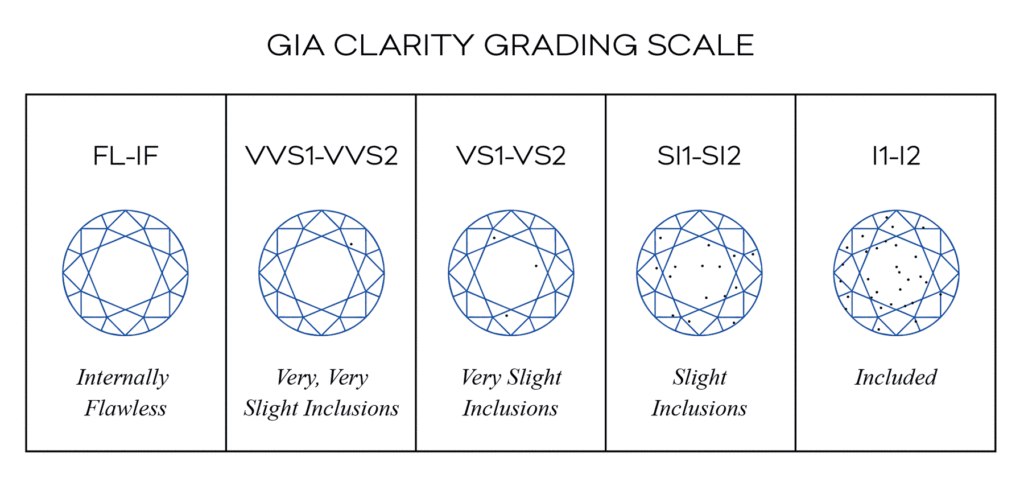
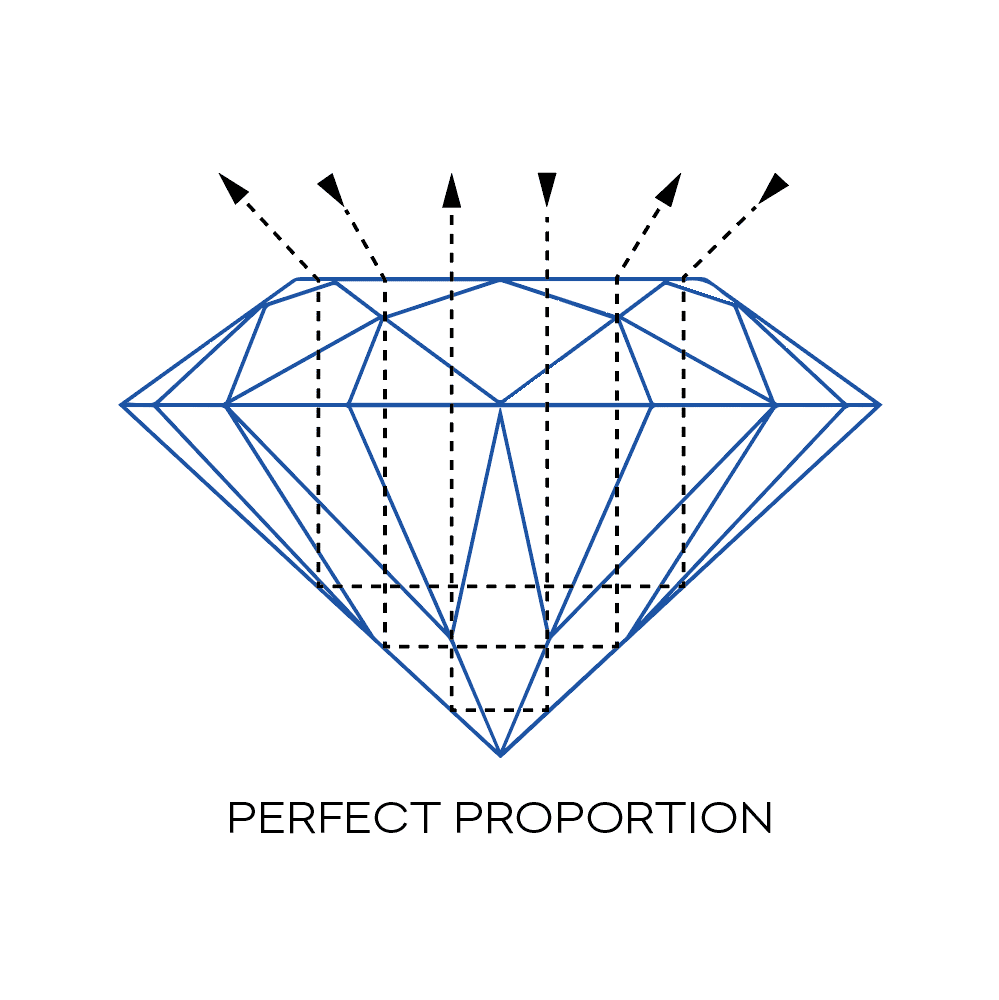
DIAMOND CUT
Diamonds are synonymous with light and are renowned for their ability to transmit light and sparkle. The diamond’s cut grade is about how well a diamond’s facets interact with light.
While differences in color or clarity may be detectable only by experts, and are sometimes invisible to the naked eye, the differences in cut can result in dramatic differences in the appearance of a diamond. It is the cut that provides a diamond with its brilliance. Diamond cutters are real artists who are able to assure that the proportions, symmetry and polish of a stone deliver the magnificent return of light only possible in a diamond.
Among of all the 4 C’s, cut is the most complex and technically difficult to analyse. The perfect cut enhances the appearance of a diamond. In particular, it optimizes its:
• Brightness – the Internal and external white light reflected from a diamond
• Fire – the scattering of white light into all the colours of the rainbow
• Scintillation – the sparkle a diamond produces and the pattern of light and dark areas caused by reflections within the diamond.
Diamond Cut and Shape
It is important to recognise the difference between diamond cuts and diamond shapes. While the cut describes a diamond’s light performance, dimensions and finish, the shape refers to its overall outline when viewed from above. Numerous diamond cuts and shapes also have the same name.
The round shape is the most popular diamond shape. On the other hand, fancy shapes comprise of more interesting shapes, such as that of the marquise, heart, pear, and oval. Similarly, square shapes include the princess, emerald, and Assher, which are also the names of different types of cuts.
DIAMOND CARAT WEIGHT
Diamond carat weight is the measurement of how much a diamond weighs. A metric “carat” is defined as 200 milligrams. Each carat can be subdivided into 100 ‘points.’ This allows very precise measurements to the hundredth decimal place.
It is important to remember that, all else being equal, diamond price increases with carat weight, because larger diamonds are more rare and more desirable.
The 4 C’s all together define the value of a diamonds. As each stone is unique and treasures a special story, our brand representatives at Dhamani 1969 are always happy to take you through their features, explain their intrinsic value and how to appreciate it.
